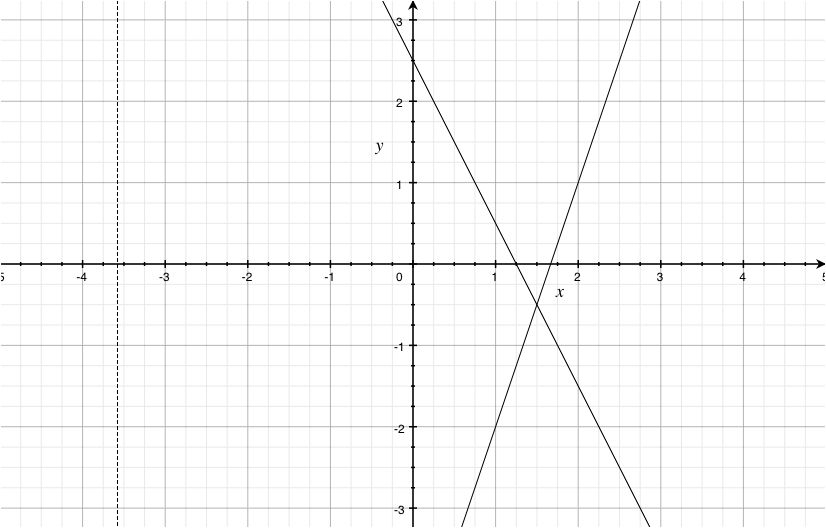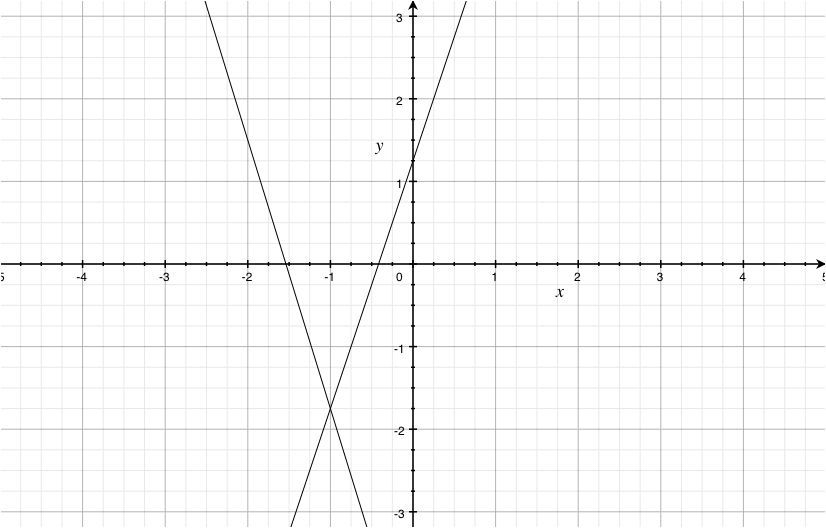Connecting...

This is a quick preview of the lesson. For full access, please Log In or Sign up.
For more information, please see full course syllabus of Algebra 1
For more information, please see full course syllabus of Algebra 1
Algebra 1 Rectangular Coordinate System
Lecture Description
In this lesson you'll learn about the Cartesian coordinate system and its parts: the x and y-axis, the origin, the quadrants and the ordered pairs. Also, you'll learn how to plot points, and use a table to graph a line. The Cartesian coordinate system is made of two number lines attached at zero. One runs horizontally (x-axis) and the other vertically (y-axis). The intersection point is called the origin. We can graph a line using a table. The point where the graph crosses the x-axis is known as the x-intercept. The point where the graph crosses the y-axis is known as the y-intercept.
Bookmark & Share
Embed
Share this knowledge with your friends!
Copy & Paste this embed code into your website’s HTML
Please ensure that your website editor is in text mode when you paste the code.(In Wordpress, the mode button is on the top right corner.)
×
Since this lesson is not free, only the preview will appear on your website.
- - Allow users to view the embedded video in full-size.
Next Lecture
Previous Lecture









































 Carleen Eaton
Carleen Eaton Grant Fraser
Grant Fraser Eric Smith
Eric Smith
 Answer Engine
Answer Engine




1 answer
Fri Aug 26, 2016 7:10 PM
Post by Ricardo Marquez on February 5, 2016
This is a great site but i would like to know if there is a topic of percent word problems.
Thanks
2 answers
Last reply by: Rafael Wang
Fri Sep 2, 2016 8:58 PM
Post by Ardeshir Badr on January 3, 2015
I have noticed a few mistakes in your Practice Questions-Answers and have compiled the screenshots concerned. Where can I send them?
Thank you